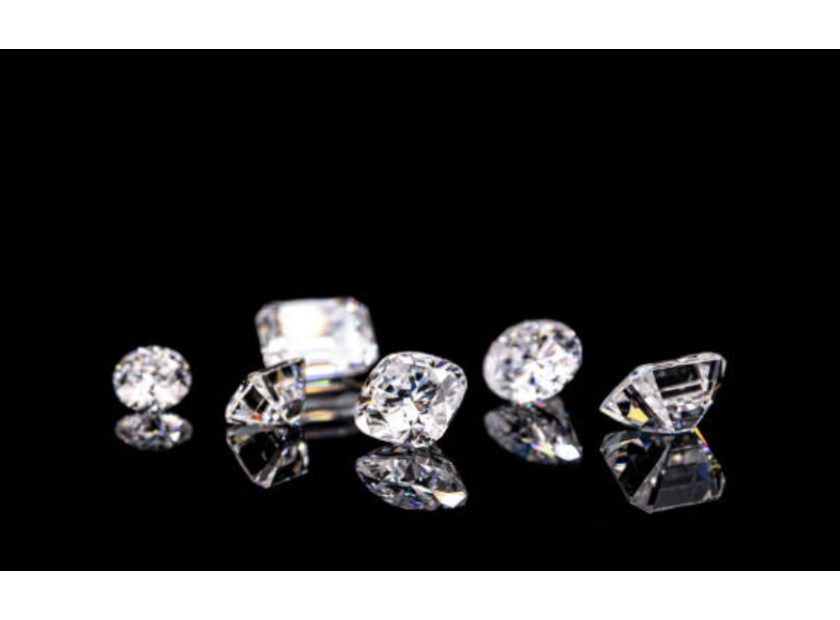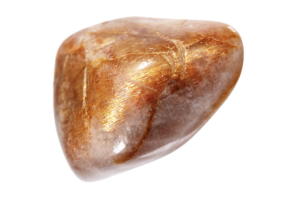USD
/
USD
/
Shipping to:
Currency:
Moissanite vs Diamond: What’s the Difference and Which Should You Choose?
Choosing between moissanite and diamond can feel like comparing two brilliant stars—both stunning, yet each with its own charm.
Whether you're shopping for an engagement ring or simply exploring your options, understanding the differences between these two gemstones is essential.
Let’s take a closer look at moissanite and diamonds so you can make the right choice for you.
Understanding Diamonds
Diamonds have long been a symbol of love, tradition, and prestige.
They’re formed naturally deep within the earth over billions of years and are made entirely of carbon atoms arranged in a unique crystal structure that gives them unmatched hardness and sparkle.
Diamonds have been the go-to choice for engagement rings and fine jewelry for generations.
If you're leaning toward something timeless, check out diamond wedding rings for traditional brilliance and elegance.
What Is Moissanite?
Moissanite is a gemstone that was first discovered in a meteor crater by French scientist Henri Moissan in 1893.
It’s made of silicon carbide and is extremely rare in nature, so the stones used in jewelry are grown in labs—making moissanite a sustainable and ethical choice.
Today, moissanite is known for its affordability and dazzling sparkle.
If you're interested in unique center stones, explore gemstone engagement rings that feature moissanite and other vibrant alternatives.
Visual Differences
At a glance, moissanite and diamonds look very similar, but there are subtle visual differences.
- Brilliance and Fire: Moissanite has a higher refractive index than diamond, which means it reflects more light. You’ll notice a colorful, rainbow-like sparkle compared to diamond’s white brilliance.
- Color: Diamonds are graded from D (colorless) to Z (light yellow). Moissanite is usually near-colorless but may show hints of yellow or green in certain lighting. Newer, premium cuts are more color-neutral.
Durability and Hardness
Durability is crucial, especially if you’re wearing the stone every day.
- Hardness: Diamonds are the hardest known material, rating a 10 on the Mohs scale. Moissanite isn’t far behind with a 9.25 to 9.5, making it very scratch-resistant and durable for everyday wear.
- Toughness: Diamonds can chip if struck the wrong way due to their perfect cleavage. Moissanite has no cleavage, which gives it slightly more resistance to breakage under impact.
Price Comparison
Cost is one of the biggest factors in choosing between the two.
- Affordability: Moissanite is significantly less expensive than diamonds. You can often get a much larger moissanite stone for the same price as a smaller diamond.
- Value: While diamonds may hold better resale value, moissanite offers excellent value upfront and can be ideal for buyers who prioritize size and sparkle within budget.
Ethical and Environmental Considerations
Ethics and sustainability are becoming more important for modern shoppers.
- Moissanite: Because it’s lab-created, moissanite is conflict-free and environmentally friendly.
- Diamonds: Many diamonds are ethically sourced today, but concerns about mining practices still exist. For a deeper dive, check out this guide on lab-grown diamonds vs gemstones.
- You might also enjoy reading about how gemstones and diamonds are formed and what makes each unique.
How to Tell the Difference
To the untrained eye, moissanite and diamond can be tough to tell apart.
- Professional Testing: Jewelers use thermal and electrical conductivity testers to distinguish between the two. Diamond testers may mistake moissanite for diamond unless specifically calibrated for both.
- Sparkle: Moissanite’s rainbow fire is often the easiest giveaway—it has a more intense, colorful brilliance under lighting.
Pros and Cons
Moissanite:
- Pros: Budget-friendly, brilliant sparkle, eco-conscious.
- Cons: Some may find the fire too flashy; slight tints may be visible.
Diamond:
- Pros: Timeless, extremely durable, traditional value.
- Cons: Higher cost; ethical concerns if not sourced responsibly.
Best Fit for Engagement Rings
Your ring should reflect your personality, values, and lifestyle.
Moissanite: Perfect for those who want a stunning, larger stone without the premium price tag. If you're going for something personal and unique, check out non-traditional engagement rings.
Diamond: Ideal for those who value tradition and want a stone with long-established cultural significance.
FAQs
Is moissanite as durable as a diamond?
While not quite as hard, moissanite is still extremely durable and perfect for daily wear.
Will moissanite lose its sparkle?
Not at all. With regular cleaning, moissanite retains its fire and brilliance indefinitely.
Can most people tell the difference between moissanite and diamond?
Probably not without training or side-by-side comparison. Moissanite’s extra fire might be noticeable under bright lighting.
Is moissanite a fake diamond?
No—it’s a gemstone in its own right. While it looks similar, it has its own set of characteristics and beauty.
How do I clean moissanite jewelry?
Use warm water, mild soap, and a soft brush. Avoid harsh chemicals and ultrasonic cleaners.








